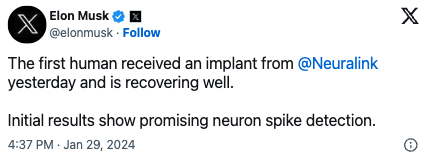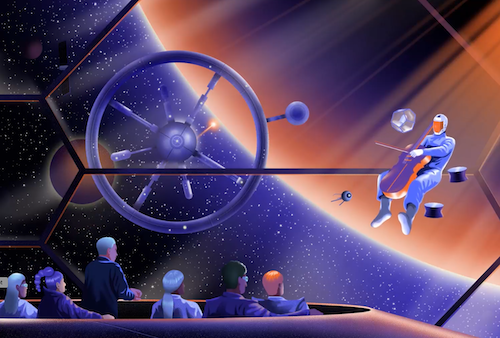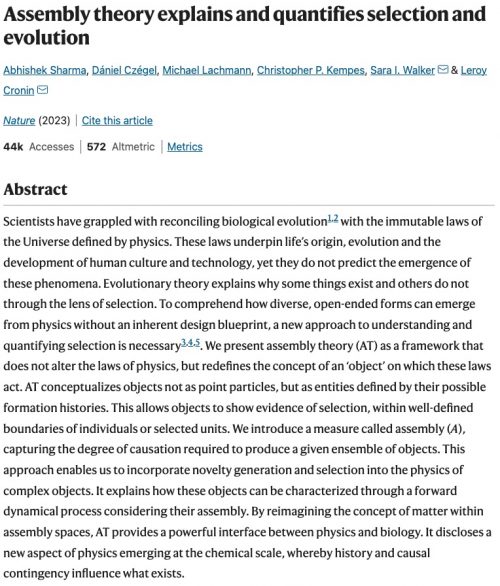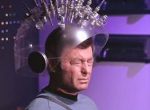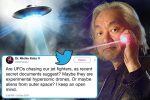Neuralink has begun human trials, we think. The problem is that all we know about it is an announcement made by head jackass Musk on Twitter, which isn’t exactly a reputable source. That doesn’t stop Nature from commenting on it. I’m not used to seeing rumors published in that journal, and if you think about it, this is basically a condemnation of the experiment.
…there is frustration about a lack of detailed information. There has been no confirmation that the trial has begun, beyond Musk’s tweet. The main source of public information on the trial is a study brochure inviting people to participate in it. But that lacks details such as where implantations are being done and the exact outcomes that the trial will assess, says Tim Denison, a neuroengineer at the University of Oxford, UK.
The trial is not registered at ClinicalTrials.gov, an online repository curated by the US National Institutes of Health. Many universities require that researchers register a trial and its protocol in a public repository of this type before study participants are enrolled. Additionally, many medical journals make such registration a condition of publication of results, in line with ethical principles designed to protect people who volunteer for clinical trials. Neuralink, which is headquartered in Fremont, California, did not respond to Nature’s request for comment on why it has not registered the trial with the site.
So…no transparency, no summary of the goals or methods of the experiment, and no ethical oversight. All anyone knows is that Elon Musk’s team sawed open someone’s skull and stuck some wires and electronics directly into their brain, for purposes unknown, and with little hope of seeing the outcome published in a reputable journal. OK.
Besides the science shenanigans, I’m also curious to know about what kind of NDAs and agreements to never ever sue Neuralink the patients/victims had to sign. There has got to be some wild legal gyrations going on, too.



